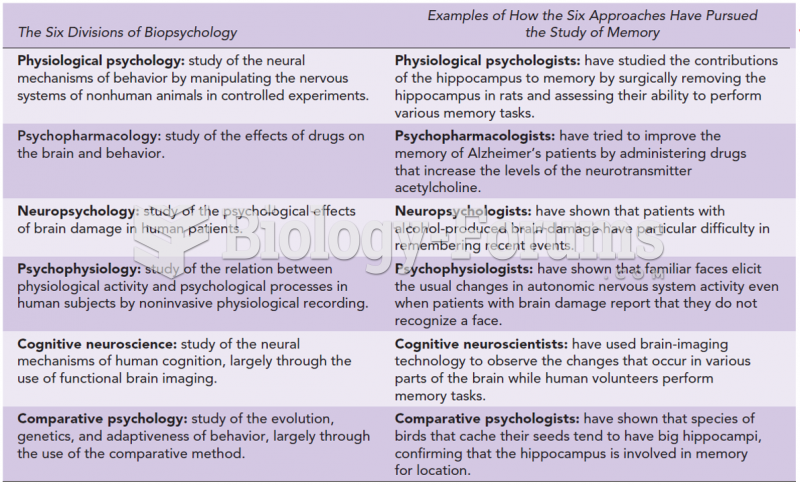A reader of qualitative research notes that a study is identified as Heideggerian phenomenology.
The purpose of the study was to explore the lived experience of the long-term process of separating from a longtime partner and subsequently marrying another person, and to elicit descriptions of the experience's meaning. This topic is unexplored in the literature. The sample of 21 was randomly selected from 68 volunteers. Participants' interviews were tape-recorded and transcribed, and then coded by two raters, whose inter-rater reliability was reported as 95. The findings revealed that there was a lengthy period of adjustment following separation, and that participants filled this time by denying permanency, creating possibilities, appreciating silence, developing personal strengths, trusting, developing skepticism, starting a new page, and maintaining mental boundaries. The most immediate evaluative critique point about this article relates to which the following?
a. It is not clear what the findings contribute to the current body of knowledge.
b. The development and implementation of the study methodology is not congruent with its philosophical foundation.
c. Tape-recording, transcription, and coding by two raters is not likely to capture the essence of this experience, without video-recording and participant observation.
d. The findings do not seem to be a credible reflection of reality.
Question 2
A nurse reader of qualitative research notes that a study is identified as grounded theory research. The topic of study is how women leave a violent relationship.
The nurse reader herself has never been in a physically abusive relationship. She has, however, cared for several patients who have told her their personal stories, and she has a cousin who was in a physically abusive relationship for several months. Because of this, she has an immediate understanding and finds the results credible. What aspect of the evaluative criteria for qualitative research does this reflect?
a. Intellectual contribution
b. Intuitive comprehension
c. Methodological coherence
d. Philosophical congruence







